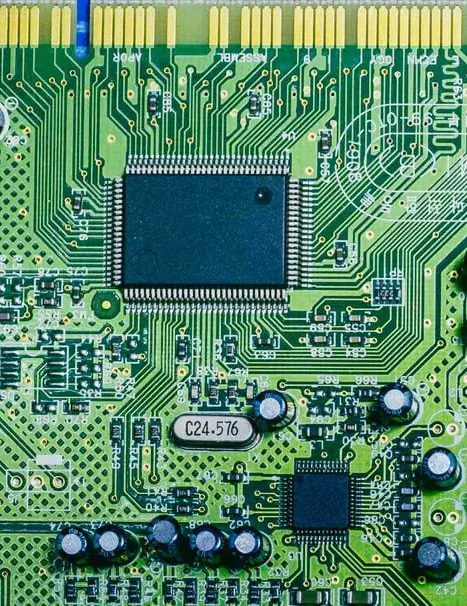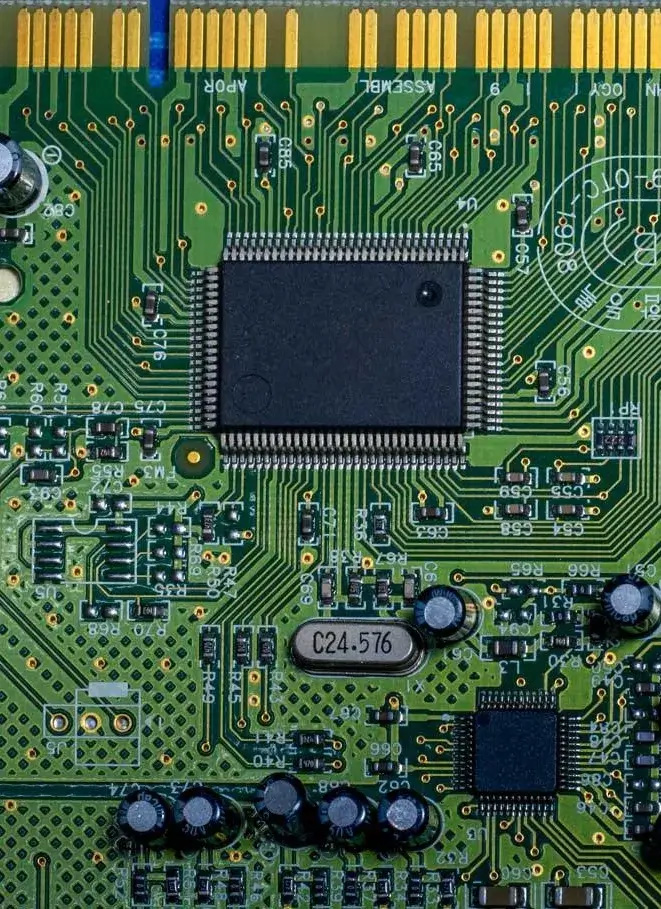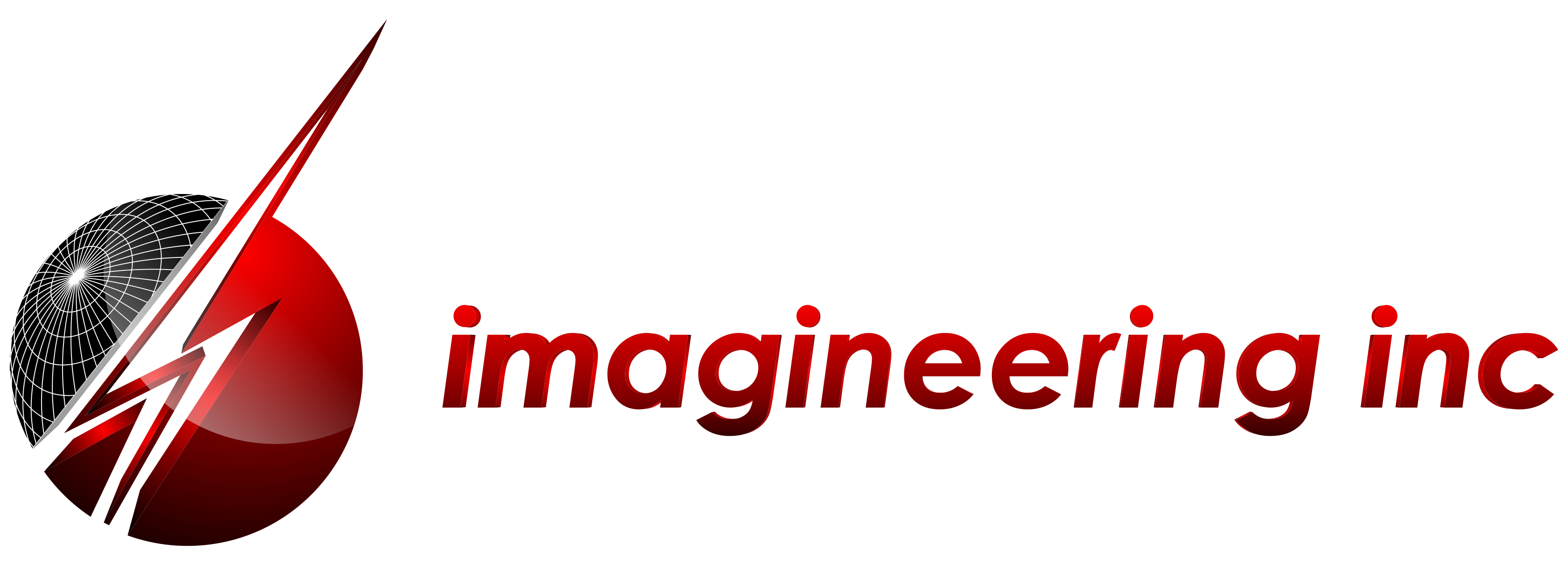
Cost-effective. Scalable. Fully Certified.
As a trusted PCB fabrication manufacturer, Imagineering delivers production-grade printed circuit boards with zero compromises on quality or delivery.

A proper DFM check helps identify layout issues, spacing conflicts, or part selections that could complicate downstream processes.
Most PCB assemblies today use automated pick-and-place machines that pull components from reels or trays and set them directly onto the board. These machines follow programmed coordinates derived from your design files, ensuring accuracy even at high speeds.
Once components are in place, the next step is to create permanent electrical and mechanical connections. Soldering is the technique of fusing component leads to PCB pads using heat and metal alloy.
Most surface-mount assemblies go through a reflow oven. The board is heated in controlled stages until the solder paste melts, bonds, and then cools into solid joints. This is the most common technique for high- density SMT boards.
When through-hole parts are involved (like connectors or large components) wave soldering or selective soldering may be used. These methods handle the back side of the board or more complex mechanical parts.
For a deeper dive, visit our page on through-hole assembly tools and techniques.
Complex assemblies may require a combination of methods, sometimes with manual soldering for special parts.
Automated Optical Inspection (AOI) systems scan the board after soldering to flag missing components, alignment issues, or bad joints. These systems use high-resolution cameras and algorithms to spot inconsistencies faster and more accurately than manual checks
See our AOI process breakdown
for a closer look.
For boards with hidden joints (like BGA packages), X-ray inspection is essential. This non-destructive method reveals internal defects that would otherwise go unnoticed.
To understand how inspection fits into the broader quality process, explore our guide to PCB inspection methods.
Ultimately, inspection is perhaps the most important aspect of the PCB assembly process. It not only ensures the final product works as intended, but can help by spotting issues early on in the production process and avoid slowdowns or recalls in the future.
Inspection checks visual and mechanical accuracy, while testing confirms electrical performance. For example:
Power-up, signal behavior, real-world performance
In-Circuit testing uses probes or fixtures to validate individual nets and components. Once that passes, functional testing powers up the board to ensure it performs correctly under simulated conditions.
In short: always. But especially for mission- critical or high-reliability applications like defense and aerospace.
Once testing confirms functionality, the final touches of the PCB assembly process bring everything together for shipment or integration.
Residual flux, solder balls, or surface contaminants are removed through ultrasonic or solvent cleaning. This is especially important when using water- soluble flux or building for sensitive applications. A properly cleaned board isn’t just prettier, but more reliable over time.
At the end of the PCB assembly process, a final inspection confirms no damage occurred during handling or cleaning. This includes verifying connector alignment, securing hardware like standoffs or heatsinks, and confirming label accuracy.
Just before shipping, boards are sealed in anti-static bags, cushioned with ESD- safe foam, and boxed with care. In some cases, moisture- sensitive components may require vacuum sealing and desiccant packs.
Early collaboration with your assembly partner pays off. Minor layout changes like pad sizing, via placement, or fiducial alignment can dramatically improve yield and reduce costs.
High-density interconnects, 0.3 mm pitch BGAs, and flexible hybrids require the right tooling and experience.

The PCB assembly process is more than just a sequence of technical steps. It’s the foundation of product quality, performance, and reliability. From early design preparation to final testing and packaging, each phase plays a critical role in delivering a successful outcome.
If you want to work with a partner that understands the details, the deadlines, and the demands of real-world production, Imagineering is ready to help. With precision equipment, experienced engineers, and a commitment to quality, we’ll guide your project from concept to completion with confidence.
Contact Imagineering today to discuss your next PCB assembly project and see what’s possible when you get every step right.
HQ
1389 Brumlow Ave
Southlake, TX 76092
PCB Assembly
2425 Touhy Ave
Elk Grove Village, IL 60007
Phone:(847)806-0003
Email:Sales@PCBnet.com
ITAR Registered
AS9100D/ISO9001:2015
SAM Registered
RoHS Compliant
Copyright © 2023 Imagineering, Inc Web Design by Solid Digital
